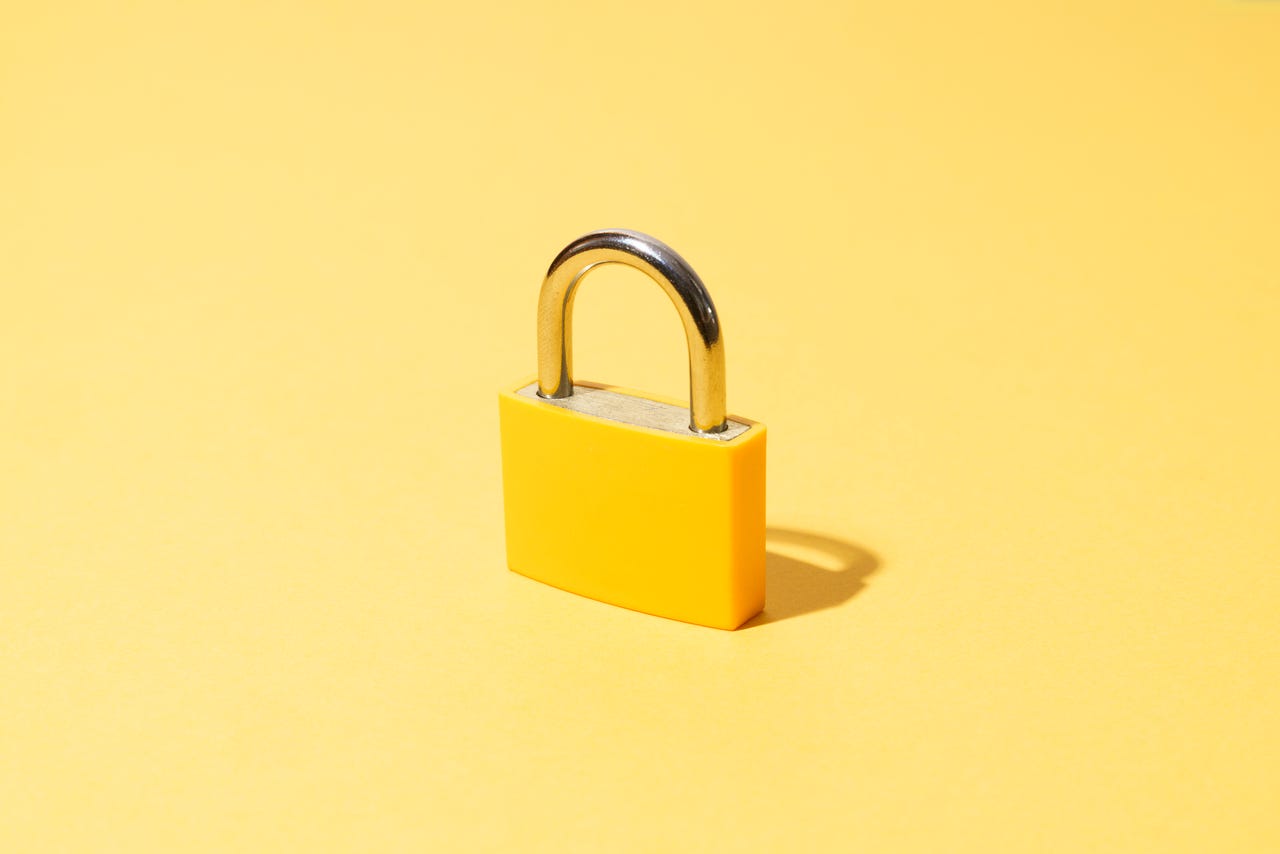'ZDNET Recommends': What exactly does it mean?
ZDNET's recommendations are based on many hours of testing, research, and comparison shopping. We gather data from the best available sources, including vendor and retailer listings as well as other relevant and independent reviews sites. And we pore over customer reviews to find out what matters to real people who already own and use the products and services we’re assessing.
When you click through from our site to a retailer and buy a product or service, we may earn affiliate commissions. This helps support our work, but does not affect what we cover or how, and it does not affect the price you pay. Neither ZDNET nor the author are compensated for these independent reviews. Indeed, we follow strict guidelines that ensure our editorial content is never influenced by advertisers.
ZDNET's editorial team writes on behalf of you, our reader. Our goal is to deliver the most accurate information and the most knowledgeable advice possible in order to help you make smarter buying decisions on tech gear and a wide array of products and services. Our editors thoroughly review and fact-check every article to ensure that our content meets the highest standards. If we have made an error or published misleading information, we will correct or clarify the article. If you see inaccuracies in our content, please report the mistake via this form.
How to send password-protected emails in Gmail


As of February, 27.21% of people use Gmail as their primary email client. With billions of worldwide users, you can bet Google is always looking to add new features to help make the service more secure.
Being one of the billions of Gmail users, I often have to send sensitive information to others on a regular basis (such as contracts). Although I'd rather take advantage of the security that comes with GPG encryption (found in the likes of Thunderbird), I don't have that option when using Gmail.
Also: Google starts warning users about potential inactive account deletions
Luckily, Google Gmail has a feature called Confidential Mode that helps protect sensitive information from authorized access. With Confidential Mode, you can set an expiration date and a password for messages and even revoke access any time you choose. And when a recipient receives a confidential message, they cannot forward, copy, print, or download the message. Although this isn't a 1:1 substitute for actual encryption, it is much easier to use than the encryption options found in Thunderbird.
Also: How to send really large files in Gmail
The one caveat to Confidential Mode is that there's no way of stopping users from taking screenshots of those confidential emails and then sending those images to other people. So, it's not perfect, but it is a step in the right direction.
How do you use Confidential Mode? Let me show you.
How to send an email in Confidential Mode
What you'll need: The only thing you'll need to use Confidential Mode is a Gmail account on either the web-based Gmail client or the mobile app (it works on Android and iOS). I'm going to demonstrate using the web-based client, which works on almost any web browser, but the email client works similarly.
With that said, let's get confidential.
1. Open Gmail
Open your web browser, head to Gmail, and log in.
2. Compose an email
Click Compose to open the Gmail compose window. At the bottom of that window, click the padlock-and-clock icon.
The Confidential Mode icon is third from the right.
3. Configure the Confidential Mode settings
In the resulting pop-up, click the Expiration drop-down and select one day, one week, one month, three months, or five years.
If you want to add a passcode, click SMS passcode and click Save, which will return you to the Compose window.
Figure 2: Configuring the Confidential Mode settings for this email.
If you want to add a passcode, click SMS passcode and click Save, which will return you to the Compose window.
4. Compose and send your email
Compose the email as you would normally and then click Send. This will bring up another pop-up, where you'll be asked to type a phone number for the recipient.
Figure 3: Adding a phone number for a recipient so they can retrieve the message.
Click Send and your email message is off on its mission. The recipient will receive an email with a link to view its contents. When they click the link, a new web browser page will open where they'll need to click a link to be sent the passcode. Once they have the passcode, they enter it in the browser pop-up and click SUBMIT, and they can then view the message.
Also: How to block someone on Gmail quickly and easily
No matter what type of email account you send the Confidential Mode message to, the recipient will have to open it in a web browser and the content is displayed in such a way that they cannot do anything with it other than read it (or screenshot it, as I explained earlier).
A test email I sent in Confidential mode.
And that's all there is to using Gmail's Confidential Mode. Consider employing this feature for those missives that include sensitive information, so it doesn't wind up in the wrong hands.